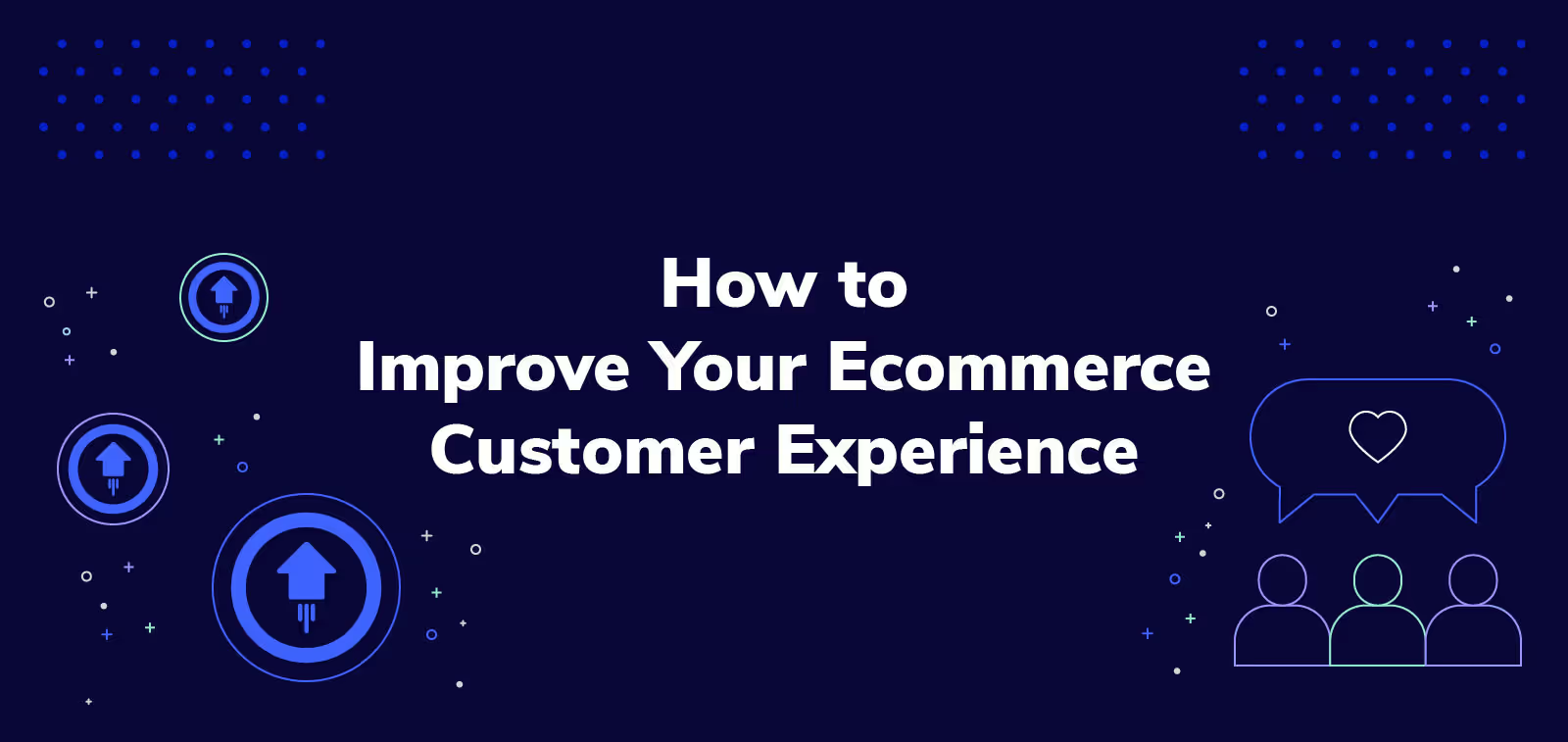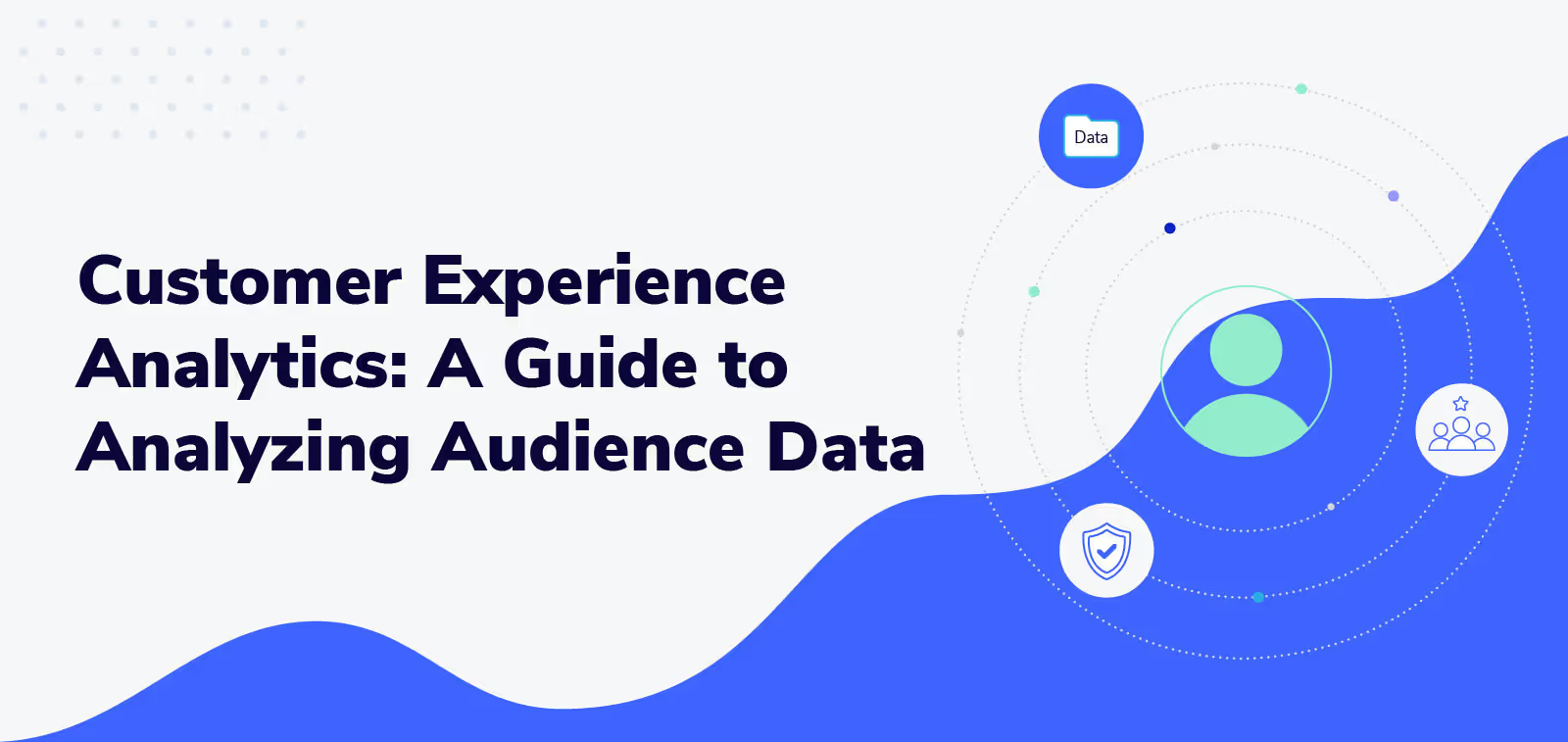Examples of Customer Engagement Metrics — and How to Improve Them

An ultimate goal of customer engagement is customer loyalty. But it takes dozens of successful “engagements” — where your target audience takes the actions you want — to create loyal customers.
The only way to catch and reduce friction points in the customer journey is by regularly checking key customer engagement metrics. These KPIs measure how well your marketing campaigns respond to customer needs.
Not sure where to start? If you’ve set up a customer engagement platform, you should be able to customize a dashboard where you can monitor these seven important KPIs. The sooner you start to measure customer engagement, the more quickly you can build and sustain customer relationships.
1. Conversion rate
Conversion rate measures the percentage of customers who take the desired action at each engagement point.
Use conversion rate to measure the success of business goals like:
- Signing up for your email newsletter
- Clicking on a Facebook ad
- Adding a product protection plan to a shopping cart
Here’s the formula to find your conversion rate:
Conversion rate = [total number of successful actions ÷ total number of visitors (or sessions)] * 100
Note that the software you use to create these engagement opportunities — Meta business manager, ecommerce and email marketing platforms, etc. — can do it for you.
How to improve conversion rate
Because conversion rate can apply to so many customer actions — from clicking an ad to buying a shirt — focus on improving one action at a time.
Suppose you serve every new website visitor with a popup inviting them to join your mailing list. After a week, you find that 1,000 new visitors saw the popup, but only five “converted” — a conversion rate of 0.5%. To improve your conversion rate, you might try offering a promo code in exchange for their email or delaying when the popup appears. The popup might be appearing before visitors have had enough time to evaluate your site.
2. Customer effort score (CES)
CES measures the amount of effort it takes for a customer to achieve a goal. These goals can range from narrowing down a list of products to resolving a customer support issue. If a customer experiences too much friction at one of these touchpoints, they’re unlikely to engage with your brand any further.
Brands calculate CES using a survey that asks respondents to assess a single statement: “[Your brand] made it easy to find the best product for me.” Customers then respond on a scale of 1 (strongly disagree) to 7 (strongly agree). Here’s the final calculation:
CES = (number of responses with a 5 to 7 ÷ total number of responses) * 100
The closer your customer effort score is to 100%, the more seamless the experience. To send these surveys at scale, you’ll need a customer engagement tool like Delighted. It integrates with top ecommerce platforms and customer support software, so you can measure CES at a variety of touchpoints.
How to improve CES
One of the antidotes for high effort is greater convenience. Suppose customers report high effort in getting a speedy resolution to a customer support issue.
Enabling omnichannel communication is one solution. For example, you might program a chatbot with automated responses to common customer questions but leave open the option for customers to call or email an agent for more complicated issues.
3. Daily active users (DAU)
Getting eyeballs on your website or app is a win, especially if you’re a new business. Obviously, you want these visitors to complete a conversion goal. But if you see your DAU — or monthly active users (MAU) — steadily rise without conversions, you’ll need to improve your on-site or in-app engagement tactics.
Google Analytics (both UA and GA4) will calculate DAU and MAU automatically, as well as give you a snapshot of what these users do once they’ve arrived on your site. Suppose you launch a Facebook ad offering new customers a 20% discount for a limited time. You can see how many users actually click through, how many enter the sales funnel, and how many make a purchase.
The goal is user “stickiness” with a steady stream of first-time users and repeat users. To help you measure stickiness, GA4 calculates the DAU/MAU ratio. This ratio compares the percentage of users who engaged in the last day with those who engaged in the last month. The closer that ratio gets to 100%, the better you are at getting active users to return again and again.
How to improve DAU
Promising and then delivering engaging content is a surefire way to get people on your site or app and keep them there.
In Evolve Skateboard’s content marketing strategy, the company uses a combination of blog posts and videos to get visitors excited about electric skateboards. Then it gives visitors the opportunity to build a custom skateboard, boosting engagement even more.
4. Customer satisfaction (CSAT) score
CSAT is an important metric for measuring customer satisfaction with both products and experiences. It lets you know whether the experiences you set up as part of your customer engagement strategy actually create a satisfied customer base.
CSAT starts with a question like, “On a scale of 1 (most dissatisfied) to 10 (most satisfied), how would you rate your overall satisfaction with our loyalty program?” Once all responses are in, calculate the metric with this formula:
CSAT = (number of responses where you scored a 7 to 10 ÷ total number of responses) * 100
CSAT and CES are similar in scope. But CSAT measures overall satisfaction with an experience, and CES gathers customer feedback on just one element of that experience.
How to improve CSAT score
CSAT (and CES) survey software providers let you include an open-ended question along with the standard question. This gives each respondent a chance to explain their survey response, which helps you identify the cause of low customer satisfaction.
Once you’ve addressed the issue, you can send the CSAT survey again (perhaps to a different audience segment) and see if satisfaction improves.
5. Social media engagement rate
It’s often time-consuming and costly to set up video and photo shoots for social media content. If the content isn’t engaging, it’s money down the drain. Social media engagement rate helps you understand whether the content you think customers want is the same as what they actually want.
Social media engagement rate = [total number of engagements (or interactions) your content receives in a period of time ÷ total number of followers] * 100
Social media monitoring platform Hootsuite considers an engagement rate of 1% to 5% a good industry benchmark.
How to improve social media engagement rate
Besides paying to boost posts, consider using more video and co-creating content with like-minded brands or influencers.
Take Instagram Reels, a popular video medium. According to Socialinsider, Instagram Reels has an average engagement rate of 1.23% so far in 2023, which is higher than what other post types receive. If you’re not comfortable with video, it might be worth working with an agency to refine your strategy and techniques.
Or you can follow Baby Brezza’s example. The company boosted its engagement rate by partnering with Kodiak Quadruplets — which boasts 132K Instagram followers — in a giveaway.

Entry required a combination of likes, shares, and friend tagging.
6. Customer lifetime value (CLV)
CLV gives you an overall sense of how well you’re engaging existing customers and driving loyalty. Engaged customers are more likely to have a longer lifecycle and spend more money. As your revenue per customer rises, you’ll become less dependent on acquiring new customers while improving profit margins.
To calculate customer lifetime value, you first need to figure out the average lifespan of a customer and how much they spend during that lifespan.
Customer value = average purchase value * average purchase frequency rate
Average customer lifespan = total length of customer lifecycles ÷ number of customers
Customer lifetime value = customer value * average customer lifespan
How to improve CLV
One of the best ways to improve CLV is to add money-driving services that also add value to the customer experience. Highlight these services in your marketing efforts, and customers will engage with them.
Product protection plans from Extend are one of these services. Customers add a plan at checkout, and if the product experiences accidental damage that’s covered by the plan, Extend will replace the product or arrange a repair. The customer doesn’t need their receipt to file a service request, and they get a decision in a matter of minutes.
This increases CLV in two ways: your business gets a share of the protection plan revenue, and Extend brings the customer back to your site to replace their product, which boosts their engagement with your brand.
7. Customer churn rate
Customer churn rate is the flip side of customer retention rate. It measures the percentage of customers you lose rather than keep during a specified period of time. Customers churn for a number of reasons, including poor engagement stemming from a poor experience.
PwC’s 2022 Customer Loyalty Survey found that more than a quarter of respondents stopped buying from a business in the past year. The main reason? Bad experiences with products, services, and customer support. A rude agent, an inefficient product return — these don’t encourage further engagement.
Knowing your churn rate is especially useful if you run an ecommerce subscription program. Because subscribers automatically receive a shipment every month or so, they generate recurring revenue for your business. Basically, you don’t want to lose them.
Customer churn rate = number of lost customers ÷ total number of customers at the start of time period) * 100
How to reduce customer churn rate
When a subscriber churns, send them a one-question survey asking what you could have done better. The sooner you improve the churn-causing experience, the more churn you can prevent.
Prioritize customer engagement metrics to grow your brand
Customer engagement metrics are like hearing aids: they amplify conversations customers are trying to have with your brand. For example, a drop in DAU signals that customer needs have changed, and you’re not keeping up. Stay laser-focused on these metrics, and you’ll be able to deal with any experience or engagement challenges.
If you’re looking for more ways to lift your customer engagement metrics, take a look at this article on customer engagement strategies. And in the meantime, schedule a demo with Extend here to learn how product protection can help boost key metrics.
Aaron Sullivan is senior content marketing manager at Extend. He specializes in writing about e-commerce, finance, entertainment, and beer.
.svg)






























